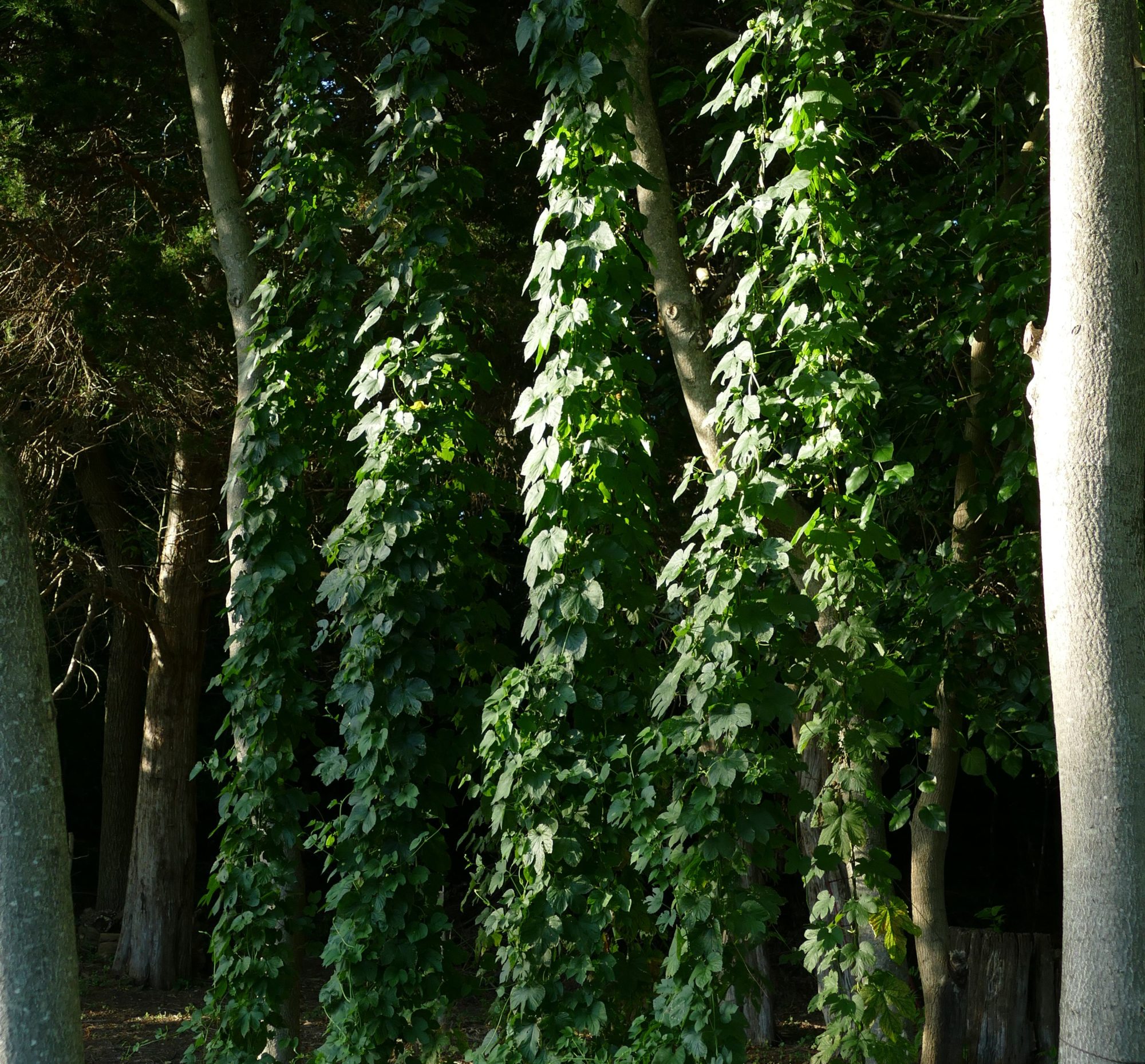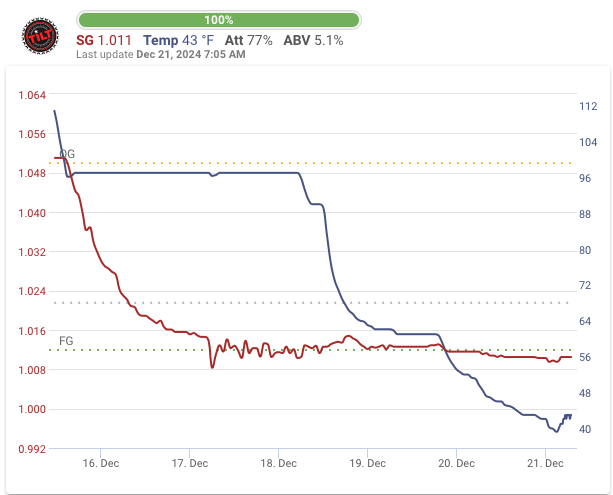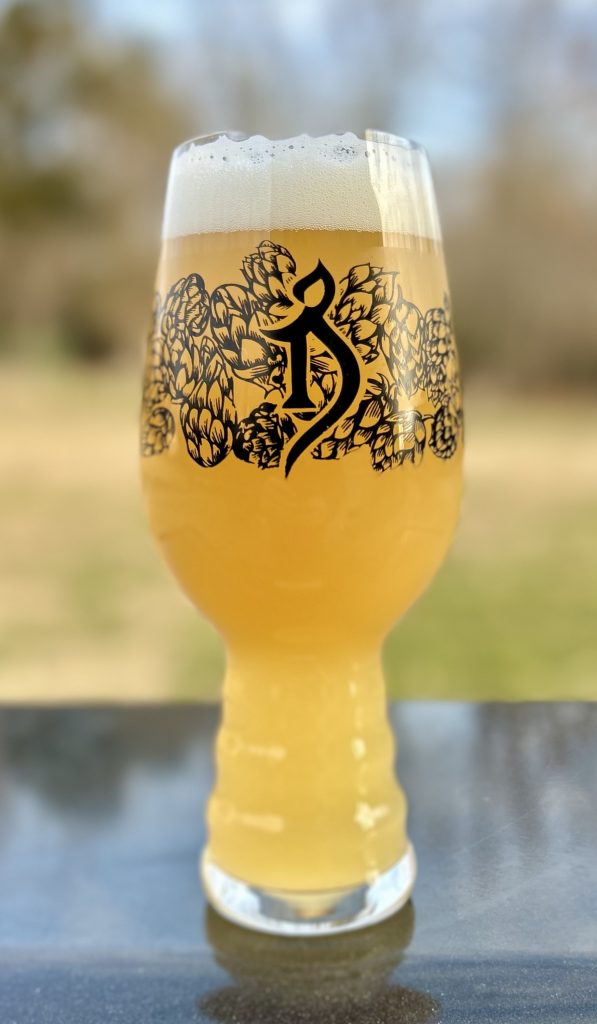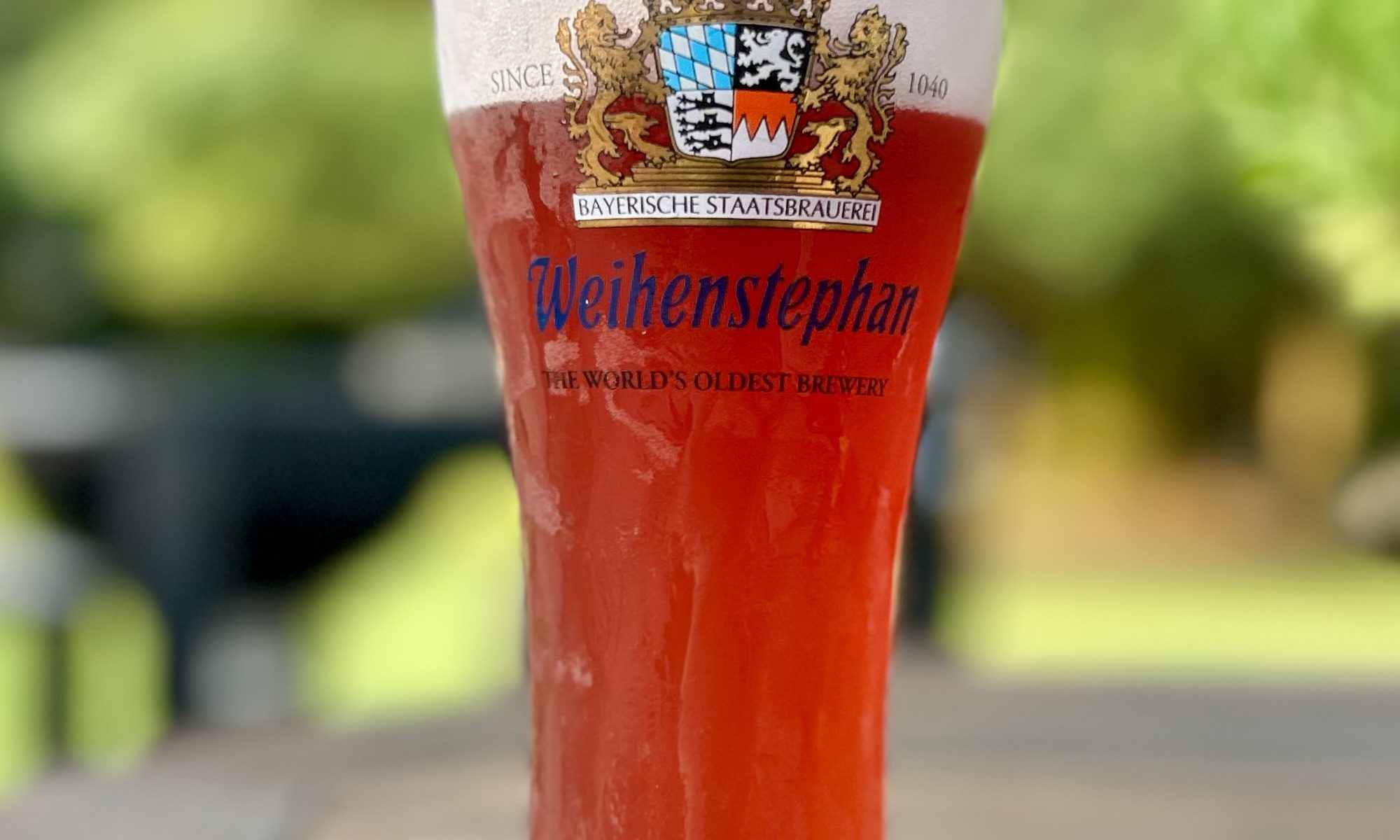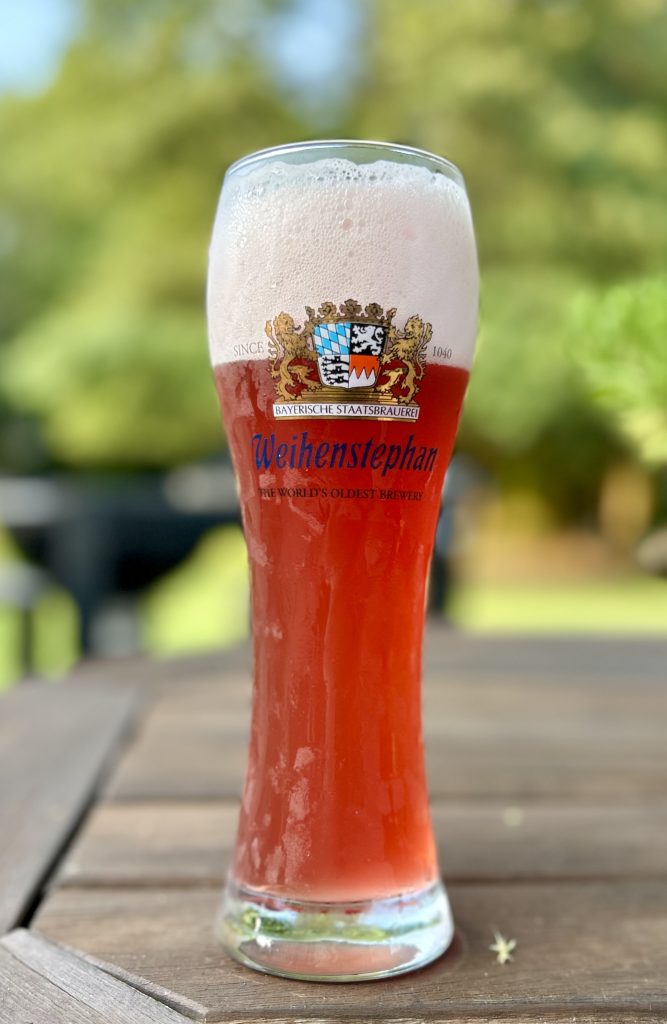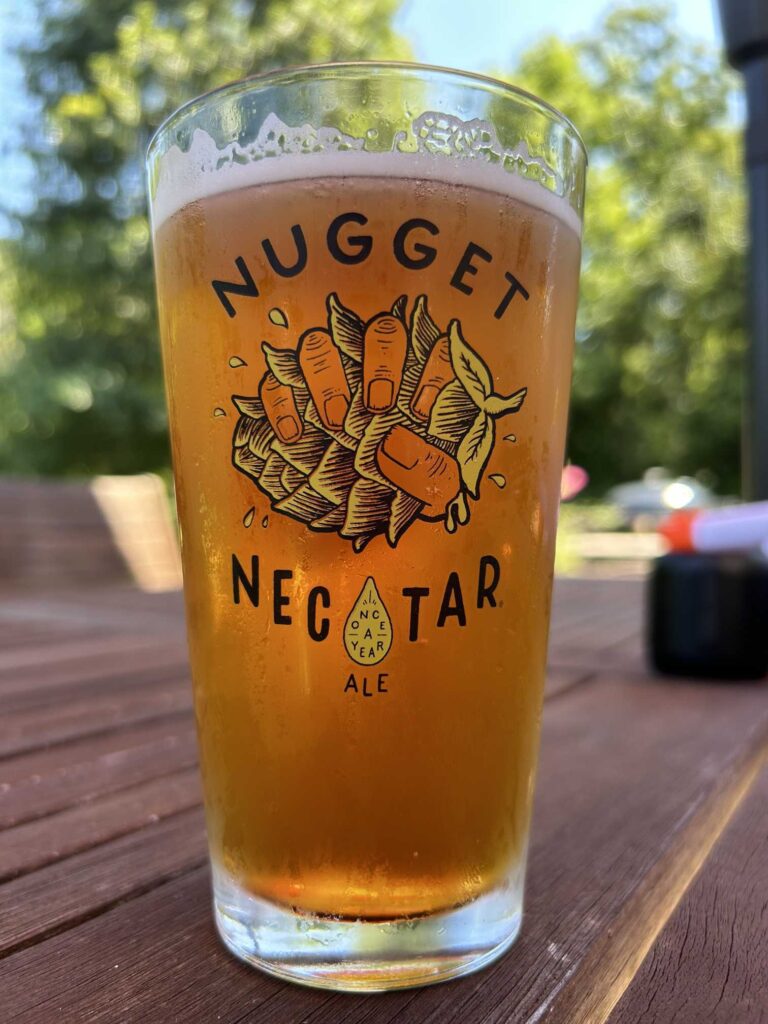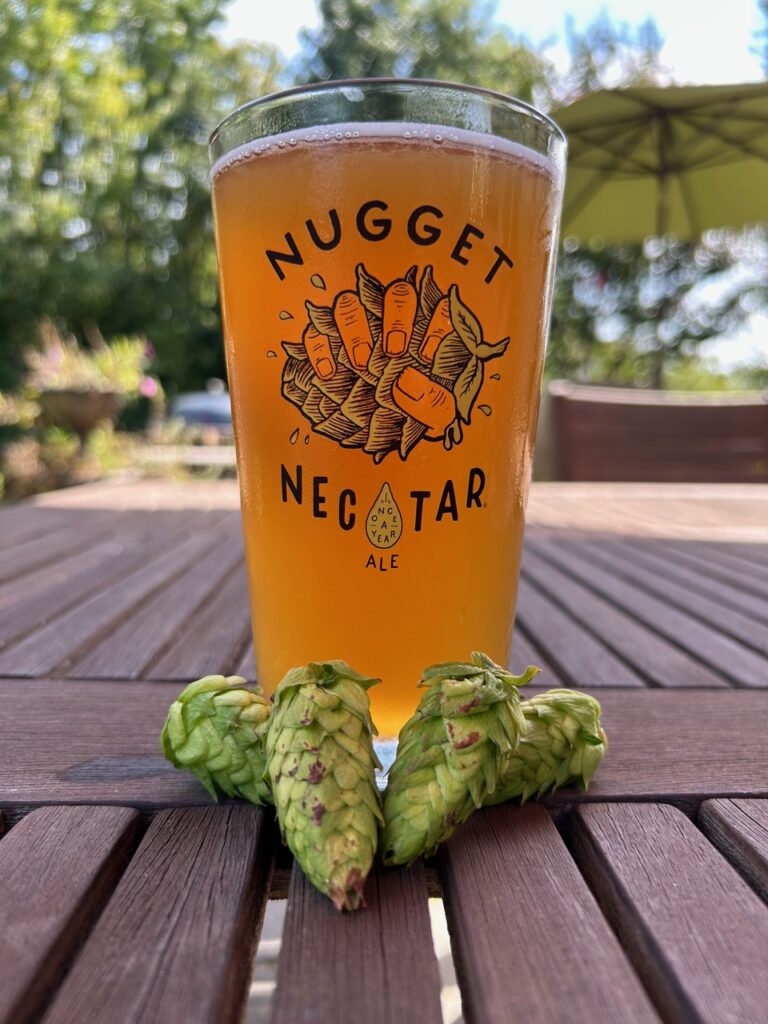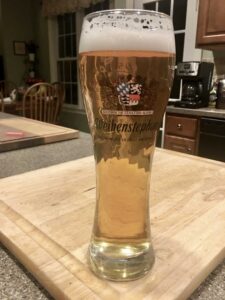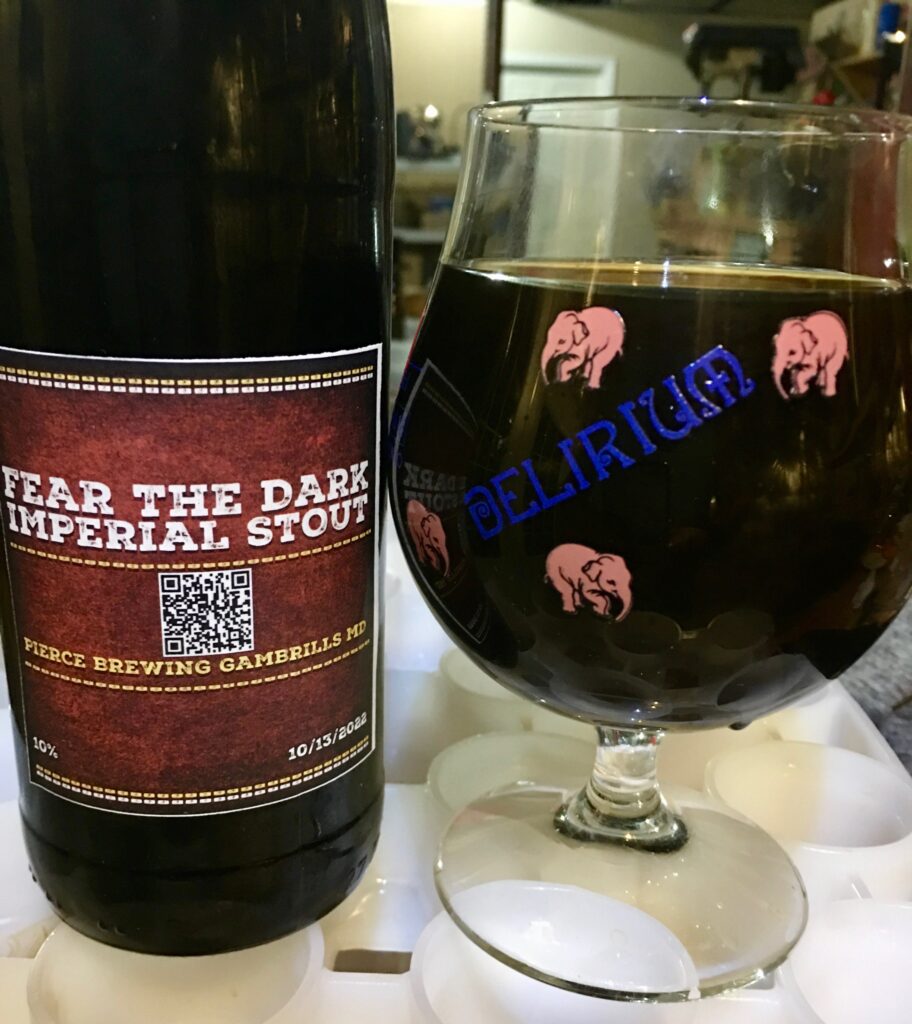The Hop Therapy series continues to evolve. This time I decided to just use Citra Hops.
The malt bill is my usual 80% Pale Malt, 10% Flaked Oats, 10% Wheat Malt. That’s my goto malt bill for the Hop Therapy series.
I’ve also settled on my flame-out/whirlpool method which I think works quite well. I use a Hop Filter similar to this:
At flame-out I dumped 4oz of Citra into the filter while recirculating wort into it using my counter flow chiller. I chill the wort to about 185ºF, turn off the cold water, and continue to let the wort recirculate for 20 minutes.
After that I start transferring to the fermenter and if the hop filter is clogged it’ll give it a stir to help release all those magical hop oils.
Most of my Hop Therapy brews are fermented with LaBrew Verdant IPA. I used it for this batch as well:

This was a very good beer to have on tap. It finished at very drinkable 5% ABV and I really enjoyed it.

